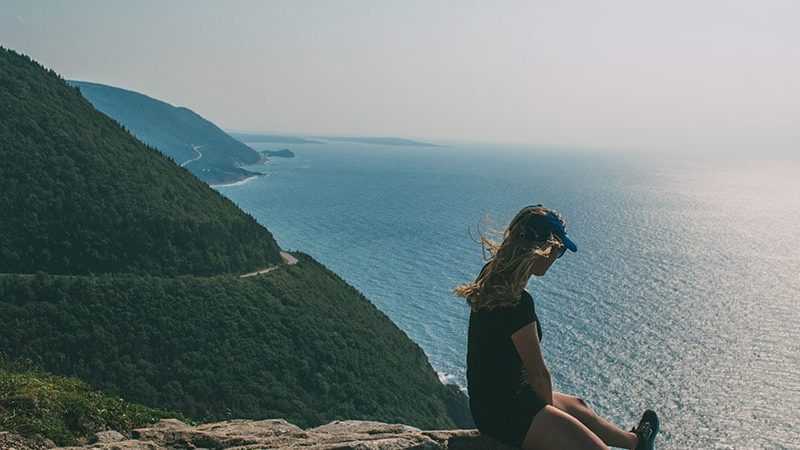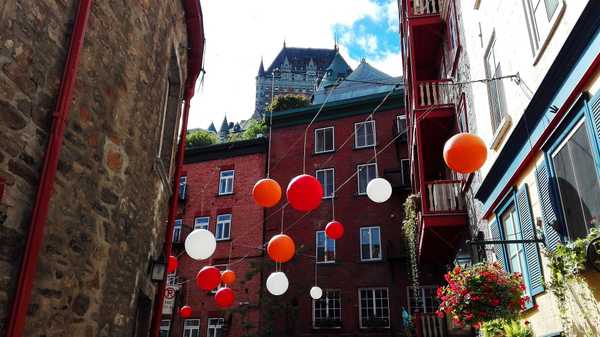Nova Scotia – Jewel of Atlantic Canada


On the east coast of Canada, facing the northern Atlantic ocean, you will find Nova Scotia. As Canada’s second smallest province it boasts with being the second most densely populated area. Its most significant land area is in the form of a peninsula and includes many surrounding islands and islets.
What’s in a name?
The somewhat exotic name “Nova Scotia” is Latin for New Scotland. The name was first used in 1621. This is probably due to the high number of Scottish settlers and their descendants that went to live there. Even today, almost 32% of the population identify as Scottish.

If I have to take a guess, the name Nova Scotia also remained because of the landscape’s similarities with parts of Scotland. (In the same way that New Caledonia was thus named.) The beauty of the landscape is something to behold.
Nova Scotia might look a bit like Scotland; however, the climate is much kinder, as it lies in a mid-temperate zone. In fact, in the southern and western parts of the peninsula, the climate is mild enough to grow fruit and maize.
Natural Wonders
With a good selection of easily accessible conservation areas, Nova Scotia is ideal for nature lovers. You can get close to nature by going camping or hiking, or experience the area’s natural wonders in the lap of luxury — the choice is yours.
The Magnificent Coastline
As Nova Scotia is hugged by the ocean on almost all sides, the coastline would be a good place to start. The fertile waters around Nova Scotia attract a wide variety of delicious and/or beautiful sea creatures. Notably, the lobster and the haddock thrive there.

Furthermore, if you’re more inclined to partake as a spectator, there is plenty to choose from. You can go and see the twelve different species of whales that frequent the seas around Nova Scotia. Additionally, there are many tour operators in all coastal areas who specialise in whale watching. Keep in mind, however, that the likelihood of seeing whales depends on seasonal factors.
The tides – the highest in the world- is a unique feature of the Nova Scotian coast. In the Bay of Fundy, the difference between low- and high tide is a whopping 16 metres.
Hiking Trails Galore
Arguably, the best way to experience the coastline’s natural beauty is on foot. Nova Scotia boasts many great coastal hiking trails. If you prefer something a bit more challenging, you can try the Acadian path. It is quite the climb, but with spectacular views as a reward.

For something less challenging, one can try the Ceilidh trail on Cape Breton Island. There are many networks of hiking trails covering most of the coastline. Therefore, you will find a hiking trail along almost any section of the coast that you’re visiting.
The somewhat difficult (as in “steep”) terrain of Nova Scotia keeps a lid on human settlement. Consequently, large areas are relatively untouched. Additionally, protected areas are everywhere, ranging from large national parks to single-square-kilometre areas. Forests cover around 75% of the province – over four million hectares.
National Parks In Nova Scotia
– Cape Breton Highlands National Park
Located on Cape Breton Island in northern Nova Scotia, you will typically find jagged, rocky coastlines, waterfalls, mountains and valleys in this national park. This natural environment includes a generous section of both Acadian and Boreal forest.
– Kejimkujik National Park
Located in the southwest of the peninsula, it contains the Kejimkujik National Historic Site. This site is a cultural and historic treasure trove of the native Mi’kmaq people. Covered in forests, teeming with fauna and flora, it includes beaches and coastal bogs.
Bright Lights, Big City
Halifax, founded in 1749, is the capital of Nova Scotia. Almost half the population of the province live here. It is a “proper” city with skyscrapers, industries, an up- and downtown, and surrounding suburbs. Halifax is also the cultural hub of Nova Scotia.

There are many art galleries, museums and live music venues to choose from. Additionally, if you’re up for a party, its busy nightlife will keep you clubbing till dawn. Halifax is also home to many cultural events and festivals. For example, the Atlantic Film Festival, the Atlantic Jazz Festival and Shakespeare By the Sea.
Outside the cities, the wild coastline is dotted with picturesque villages. One gets the feeling that time stood still there. Additionally, the architecture and way of life in these villages recall an idyllic, bygone era.
Cultures
Over centuries, each wave of new immigrants brought their unique culture with them. Nova Scotia is indeed a multicultural place, where different cultures are allowed to co-exist. Large pockets of Gaelic, French and Mi’kmaq cultural groups, for example, are keeping their culture alive. Furthermore, they are doing so with the blessing of – and assistance from – local government. Overall, a varied and exciting cultural mix lives in Nova Scotia.
Wine
The western side of the Nova Scotia peninsula has the ideal climate for growing wine grapes. The Annapolis Valley in this area is where most of the wine farms are based. Take a wine tasting tour that is both fun and educational.

Honourable Mentions:
1. Oak Island
Ironically, one of the most famous landmarks in Nova Scotia is the tiny islet called Oak Island. It was made famous by a reality TV Show. Treasure hunters have targeted it for centuries.
2. Nova Scotia’s Ghost Towns
Finally, every paradise has its eerie bits, and Nova Scotia is no exception. For a macabre, though enlightening experience, visit Nova Scotia’s ghost towns.


